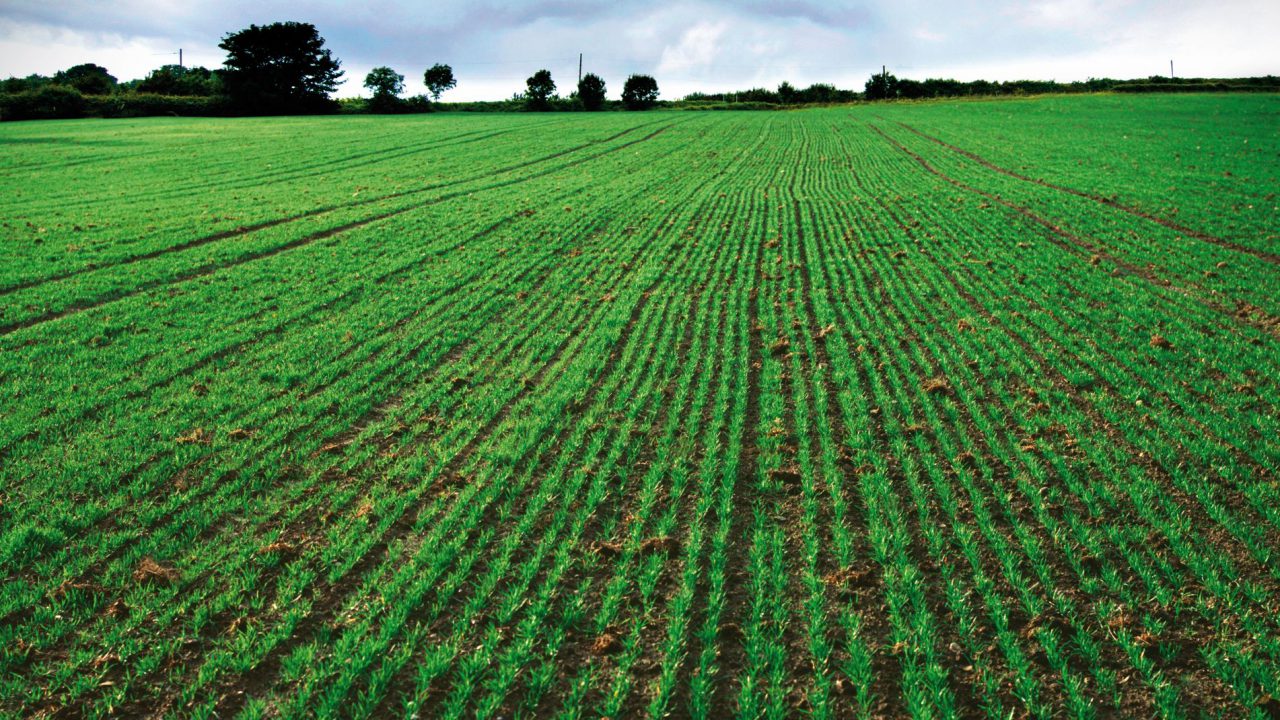The latest tillage update from Teagasc summarises the growth rates achieved by all crops over the recent winter months.
The publication also highlights the management priorities for growers over the coming days.
According to Teagasc advisors, winter crops are showing signs of spring growth in the last week where soil temperatures are, on average, 7-8oC in most of the tillage areas.
Early growth can be seen in winter oilseed rape where the flower buds are starting to rise above the canopy in advanced crops.
Tillage update – winter barley
Winter barley is starting to show signs of nitrogen (N) deficiency particularly on light, free-draining soils and first N application will be applied when weather conditions are favourable.
Early-sown winter barley is approaching growth stage (GS) 30 but growth is still slow and, as a result, these crops may stay at GS 30 for a longer than normal period of time.
To reduce losses from fertiliser, the first split of N should be small (50kg/ha) as crop demand is low.
Growers should ensure that weather conditions at the time of application are good to reduce the risk of losses.
Teagasc research has shown that there is no detrimental effect on yield if application is delayed.
Tillage update – disease levels
Low levels of Barley Yellow Dwarf Virus (BYDV) have been reported in winter barley in the south of the country. Currently, it is confined to a few early sown crops and the levels are low.
However, it will take an extended period of growth before the true extent of BYDV will be known.
According to Teagasc, some level of BYDV is not surprising as the autumn/winter has been exceptionally mild.
Aphids were caught in the suction tower in Cork during December, January and February. Aphid flight did not begin in Cork until May in 2021. Significantly, insecticide use will not reduce BYDV at this stage.
Disease levels in winter barley are low but net blotch and low levels of mildew are evident in places. It is too soon for disease control.
But crops need to be monitored as tiller death from disease will reduce yield.
The risk of lodging may be higher this year due to good autumn growth but it is too soon for growth regulation.
Successful growth regulation needs actively growing crops so wait till first N is applied and growers should apply a regulator to actively growing crops.
Winter oat crops are also approaching GS 30.
Mildew has been reported in crops growing in crops in sheltered areas. An assessment of the lodging risk in oats is important. Teagasc research shows that a split regulator programme at GS 30 and GS 32 will give the best results.
As is the case with barley, growers should wait for active growth before applying a growth regulator to crops of winter oats.
There are no reports of yellow rust in winter wheat. First N applications can be delayed until mid-March for most crops.
However thin and slug-damaged crops or crops at risk from take-all will need an earlier N application.
Oilseed rape crops have grown well over the winter and many crops have green area index (GAI) values greater than 2.0
Teagsc is advising that N can be delayed on these crops for a few weeks.
Moreover, the total N applied to these crops should be reduced.
The first rape crops that require N this season will be those grazed by pigeons. Where the GAI is less than 1.0, growers apply 60kg/ha N as soon as conditions allow.
This should be followed up with a second application a fortnight, or so, later.
Significantly, light leaf spot is now evident in many rape crops. This should be treated once found with Proline at a rate of 0.5L/ha.
